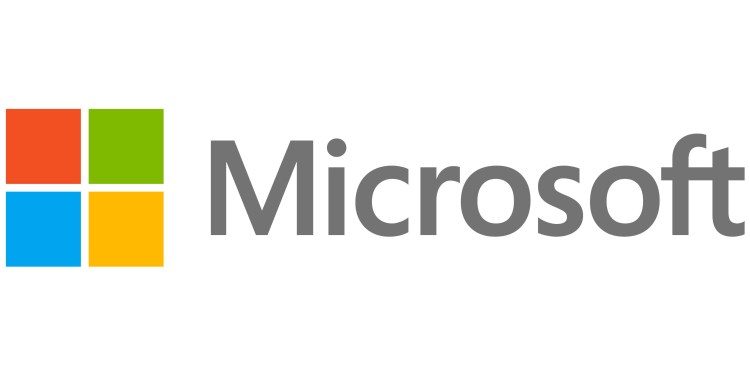Watch all the Transform 2020 sessions on-demand here.
Microsoft reported its Q4 2018 earnings yesterday, with highlights like surpassing $100 billion in revenue for the fiscal year, all three operating groups seeing double-digit year-over-year growth, and as a result the stock soaring past $800 billion in value. All of that meant a smaller tidbit slipped through: three additions and three minor changes made to the earnings release.
The Forward-Looking Statements section of the release has had the same boilerplate for years:
Statements in this release that are “forward-looking statements” are based on current expectations and assumptions that are subject to risks and uncertainties. Actual results could differ materially because of factors such as:
This is then followed by 24 factors. In this past quarter’s release, there were 27 factors. Here are the three new ones:
- the development of the internet of things presenting security, privacy, and execution risks;
- issues about the use of artificial intelligence in our offerings that may result in competitive harm, legal liability, or reputational harm; and
- damage to our reputation or our brands that may harm our business and operating results.
The third one seems ordinary and something that any company would want to include. Calling out artificial intelligence (AI) and the Internet of Things (IoT) as factors that impact earnings, however, isn’t so typical, although certainly long overdue for Microsoft.
June 5th: The AI Audit in NYC
Join us next week in NYC to engage with top executive leaders, delving into strategies for auditing AI models to ensure fairness, optimal performance, and ethical compliance across diverse organizations. Secure your attendance for this exclusive invite-only event.
There were also three changes made to the existing factors (emphasis mine).
First, the factor “increasing focus on services presenting execution and competitive risks” now includes an extra term: “increasing focus on cloud-based services presenting execution and competitive risks.” Microsoft is a cloud company now, for the record.
Second, “the possibility that we may not be able to protect information on our products and services from use by others” was changed to “the possibility that we may not be able to protect information stored in our products and services from use by others.” That factor was also moved down a few spots, for whatever reason.
Lastly, “laws and regulations relating to the handling of personal data that may impede the adoption of our services or result in increased costs, legal claims, or fines against us” is now “laws and regulations relating to the handling of personal data that may impede the adoption of our services or result in increased costs, legal claims, fines, or reputational damage.”
I contacted Microsoft about the additions, asking about the timing: Why now? The company wouldn’t say.
“We are always updating the cautionary language in our earnings press release to reflect our evolving portfolio of products and services, as well as industry trends,” a Microsoft spokesperson told VentureBeat.
It’s standard for publicly traded companies to update these sections in their earnings press releases. In fact, going back through the past few Microsoft earnings releases shows the language shifts every few quarters.
Still, I expect the AI and IoT additions are here to stay. Microsoft is doubling down on the former anywhere and everywhere you look — although last week it asked for the U.S. government to regulate facial recognition systems. As for the latter, Microsoft is pouring $5 billion into IoT over the next four years.


